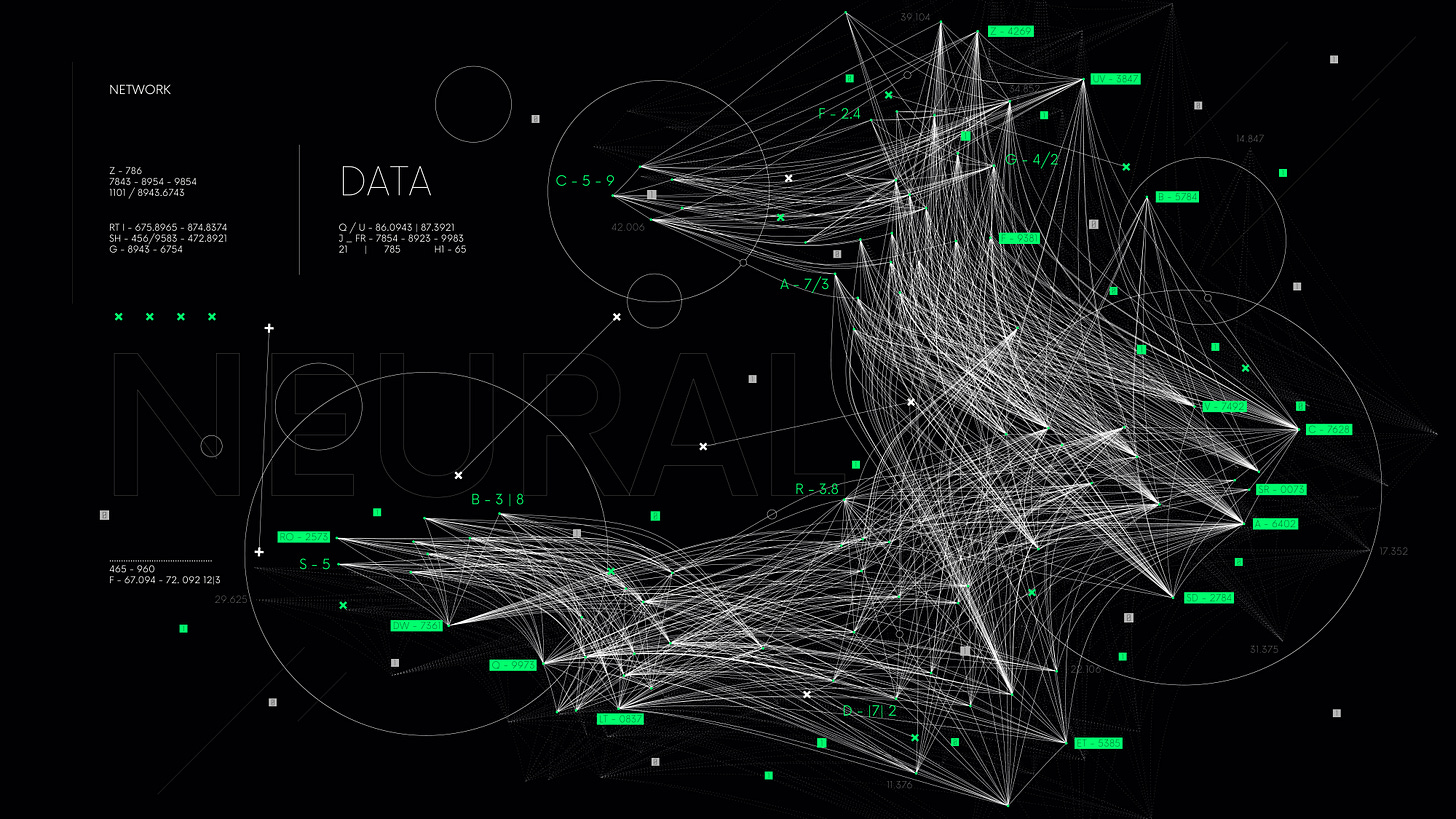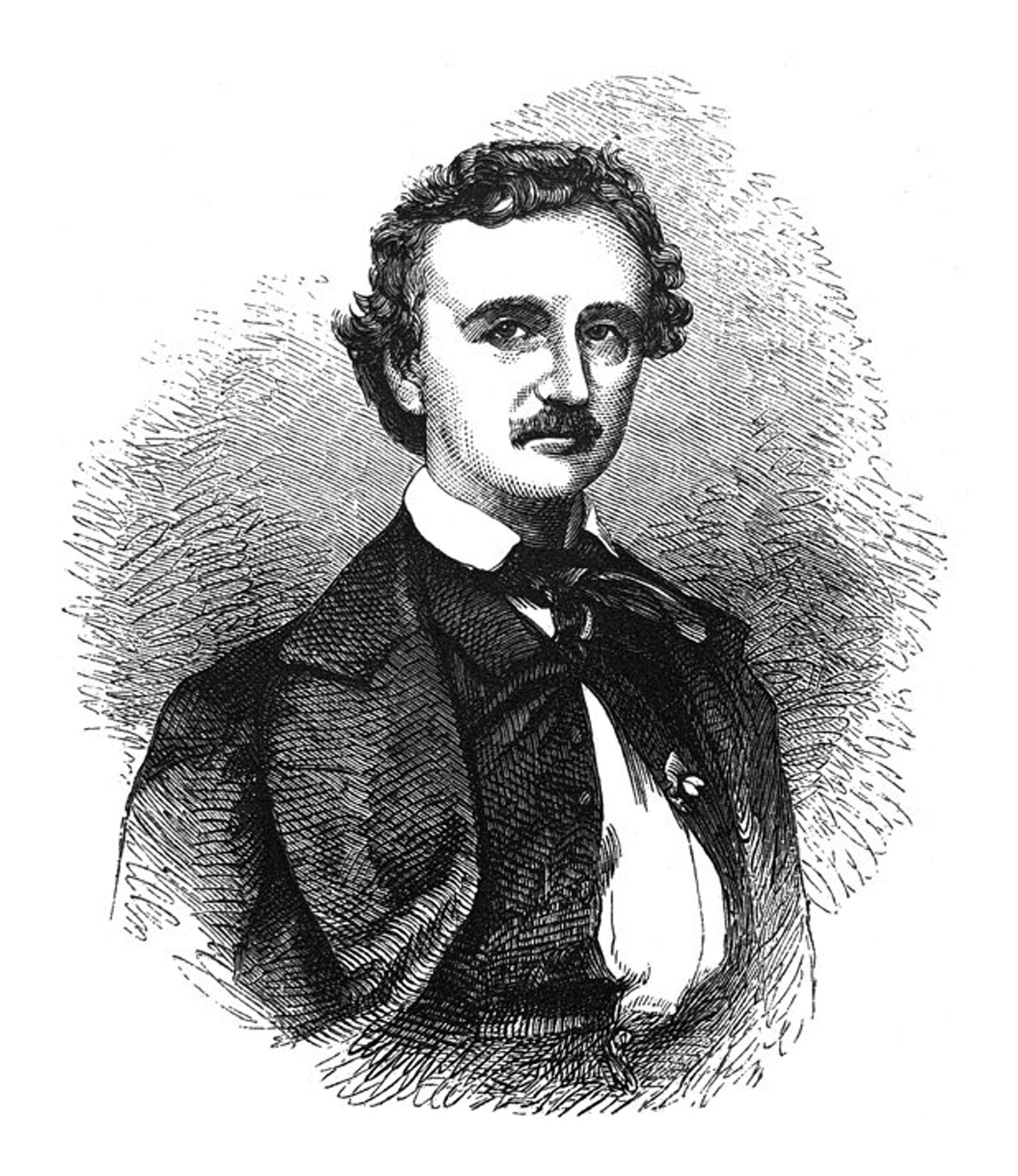In today's TPOM, we will explore analogies and how to answer many of the types of questions used on the MAT test more deeply. This will help us sharpen our thinking and give us a great training ground for using our thinking tools.
The Questions
Penurious : Obsequious :: Frugal :
(a. compliant, b. economical, c. supercilious, d. retiring)
Reason
Select that which most closely completes the analogy.
Form
X : Y :: W : ___ Select from Z1, Z2... Z4.
Penurious - of a person, in need, poor, poverty-stricken :
Obsequious - compliant with the will or wishes of another, prompt to serve, please, or follow directions ::
Frugal - economical, careful, or sparing in the use of food, goods, etc. :
The first part of the analogy attends the following:
Poor, impoverished, poverty-stricken (is to) one who is prompt to serve or follow the will of another (as) one who is economical and sparing of goods is to ___
This equates, in some sense, the poverty-stricken with the willingness to serve and please. Let's take that deeper. That which is impoverished (is to) that which is servile or quick to serve. This equates the need for money with the desire to get the money (quick service, openness to service.)
Therefore, we will want to see the same formal relationship underlying the next part of the analog.
The frugal one (one who is sparing of goods and food, etc., and that is economical, "not poor," and careful) would thus need to attend the flow as in the second part.
Let's look at those answers:
(a. compliant - one who goes along to get along, ready to yield. This equates the exact same as the first (is to) and would then not likely be the answer. Rule out.
Frugal : Compliant (ready to yield)
(b. Economical - one who handles and manages finances well. This follows the contrast of the prior equating, i.e., Penurious (is to) Obsequious. This does flow and could be the answer.
Frugal : Economical - manages wealth well
(c. Supercilious - haughty, contemptuous, having or assuming an air of superiority, indifference, or disdain. This would say that if you are penniless, you are servile, and if you are frugal (penny-pinching), you are a supremacist. This follows with the contrast but is more extreme than the earlier part. Note and continue.
(d. Retiring - shy, unassertive; reserved. In the verb - to fall back and retreat. In the noun - intended for rest or seclusion. This would state that if you are penniless, you are servile, and if you are frugal, you can seclude or retreat (from what?)
Frugal : Retiring
The above makes the comparisons in this fashion:
(X : Y) and then tries to get a summary of the first statement via "like" not "same" methodologies. This ultimately leads us to error as it is not the highest way of looking at this particular analogy. Let's consider another way of observing the (is to) and (as) statements and thus the form of the statement along with how to answer the question.
Let's connect the X & W to test:
Someone who is Penurious is very Frugal; thus, X, therefore, equates to W. This is indeed a strong equation. However, it is not perfect, in my opinion.
Now, someone who is Obsequious is very submissive, and someone who is submissive can be said to be compliant; thus, Y equates to "a" strongly.
In this type of analogy, we need to cross-compare or cross-contemplate over the :: (as) statement to get to the comparative answer.
Let's put that into a form:
X1 : Y1 :: X2 : Y2
The above denotes that this type is to be solved by equating mere word substitutes, which is why I am using families (X1, X2) : (Y1, Y2)... etc.
Why am I choosing this form? Because it appears to be the only form that fits exceptionally well. The other choices are either off-point or are too extreme to make a cogent, logically flowing analogy. Remember, the test "should" have answers that are best and that flow best, and that "best" should be logically discernable.
How can we be sure what the answer is? The above process is the best effort and, thereby, the one that stacks the probability of being correct in our favor. That said, with these tests, it can all be potluck; not all test makers have or infuse the tests with exceedingly strong logic at all times. Thus, sometimes you may have a more cogent logical argument, but it will be marked incorrect nonetheless.
The answer is: (a. Compliant because it fits with the Y1 :: Y2 component. Think of :: = "same as," or "similar as," and that should help you with this type of analogy.
On to Our Next Analogy
Anderson : (a. Ford/Carter, b. Reagan/Carter, c. Reagan/Mondale, d. Bush/Dukakis) :: Perot : Bush/Clinton
First Things
We can see that each of the names are former presidential candidates and former presidents of the U.S. This would then need to be noted because it is in the difference between the two things just stated that we can find clues to help us understand what is being analogized.
Form
X : ___ :: W : Z
Anderson (X) : ___ (as) Perot (W) : Bush/Clinton (Z)
If we take the completed portion and dissect its components, we find that we have the following:
Perot - a former presidential contender who lost the election.
Bush/Clinton - two former U.S. presidents that were elected in sequential order.
If the analogy follows the same form as above, we would expect to see:
A former contender to the presidency being attached to two consecutive elected presidents. Now, we have other considerations, which are the fact that there were two Bushes elected, one on either side of the Clinton that was elected, so we have to keep an eye out for those critical distinctions.
Let's apply an X family and see how we do.
{Anderson (X1) is the same or like as Perot (X2)}, which equates to {___ (Y1) is the same or like as Bush/Clinton (Y2)}
Note that in 1980, John B. Anderson ran an independent campaign for president of the U.S. How, if at all, can we plug this into our logic line and check to see if it gets us our answer?
Let's see if it compares to our X2 component, which is Perot.
Ross Perot ran an independent campaign for the U.S. presidency in 1992. Now, we have a hit, and we should look into this line further.
The 1992 election was won by Bill Clinton.
The 1980 election was won by Ronald Reagan... There is a pattern here, and it is as follows: Reagan/Carter/Anderson were all running in the same 1980 election. Reagan was the R, Carter was the D, and Anderson was the I.
If the above pattern fits perfectly, we will have our answer.
The 1992 election had the following running mates: Clinton/Bush/Perot. Clinton was the D, Bush was the R, and Perot was the I. This is an exact match.
Let's go back to our analogy and test this hypothesis.
Anderson (X) : ___ (as) Perot (W) : Bush/Clinton (Z)
Anderson Independent failed candidate : Carter failed former president D, Reagan winner new president R
Do we have an answer that fits this exactly?
Nope, but we have a Reagan/Carter option. What could this mean? Maybe it is about political affiliation order? Let's test for that potential:
The one that has all of the components filled in goes as follows:
Independent, Republican, Democrat
Now, how does the most logical answer we have so far go?
Independent, Republican, Democrat = perfect fit.
Given all of the components above and the logic for each element flowing well from component to component, I think we can conclude that the answer is: (b. Regan/Carter.
Are we correct? Yes! This is the correct answer.
Analysis of First Things
Here was our starting hypothesis:
"A former contender to the presidency being attached to two consecutive elected presidents. Now, we have other considerations, which are the fact that there were two Bushes elected, one on either side of the Clinton that was elected, so we have to keep an eye out for those critical distinctions."
We can see that the above was slightly off, but it did have enough components in it that when we tested and continued to reason well logically speaking, we were able to get to the correct answer ultimately.
The thing about the start is that you have to infer from a logical standpoint, and in this case, that means a standpoint that has as many points of connectivity as possible. I had to take time and consider the history and test before I could conclude correctly, given all of the possible proximal options.
Think of it like a Sherlock Holmes episode in that we have to deduce, induce, and retroduce all along the way, testing hypotheses and ruling out those that do not have the most significant points of contact until what we arrive at, no matter how improbable, must be our answer. Or put another way, "Once you eliminate the impossible, whatever remains, no matter how improbable, must be the truth." Sir Arthur Conan Doyle as Sherlock Holmes.
Analogies can be a very tough concept to get your head around in the first place. Secondly, if the analogy deals with little-known facts, hidden facts, weak areas for the participant, or impenetrable language, they become monstrously difficult. Remember, we are looking for the best fit, logically conclusive answers. Hence, our best way to handle these types of thinking situations is by developing a deep knowledge of how to analyze the structure accurately. Otherwise, we are left out in the cold, taking on guesses as to what is going on and with no "why" to be found whatsoever. This is not the state we want to find ourselves in, so we had best learn the formal underpinnings; then, we will at least have a fighting chance.
One More Analogy
Ode to a Nightingale : The Raven :: (a. Byron, b. Keats, c. Shelley, d. Yeats) : Poe
We have the form of:
Ode to a Nightingale (work of poetry) : The Raven (work of poetry) :: ___ : Poe (a writer, poet that wrote The Raven)
X1 (work of poetry) : Y1 (work of poetry) :: X2 (writer of poetry) : Y2 (specific writer of Y1 poem)
We can take a look at this form and see a few patterns:
1. Both components of the Y (Y1 & Y2) deal with a writer and his work.
2. All answer options are writers/artists/poets.
3. The analogies have the likely pattern of:
{works :: workers or those who did that specific work.}
Therefore, it would not be a leap of logic to start with the premise that the blank should be filled in by the writer of Ode to a Nightingale. Who then wrote it? Keats. He is, in fact, an answer option for us.
Now, what if we are missing something? Let's run this out long-form and take a look.
We can start by looking for another pattern. Well, the first two works are about birds. That needs to be pointed out.
Let's ask some critical questions:
What type of poetry is Ode to a Nightingale? Well, it states in the title that it is an ode.
What, then, is an ode?
1. A lyric poem of some length, usually of a serious or meditative nature and having an elevated style and formal stanzaic structure.
2. A choric song of classical Greece, often accompanied by a dance and performed at a public festival or as part of a drama.
3. A classical Greek poem modeled on the choric ode and usually having a three-part structure consisting of a strophe, an antistrophe, and an epode.
I think we can rule out no.2. I think we will have our best luck with no.3.
Now, let's compare that to The Raven.
Here are Poe's own words about the poetic form of The Raven:
"I pretend to no originality in either the rhythm or metre of the 'Raven.' The former is trochaic — the latter is octameter acatalectic, alternating with heptameter catalectic repeated in the refrain of the fifth verse, and terminating with tetrameter catalectic. Less pedantically — the feet employed throughout (trochees) consist of a long syllable followed by a short: the first line of the stanza consists of eight of these feet — the second of seven and a half (in effect two-thirds) — the third of eight — the fourth of seven and a half — the fifth the same — the sixth three and a half."
This does not follow the form of an "ode," and thus, we can make a note that the forms are very different. Maybe it is about birds and matching writers. That would seem to be a solid way to process the analogy. If that is the case, then the answer should be Keats. If it is as simple as matching works to workers, it should also be Keats, and for my money, this makes good sense, and the bird aspect can be icing on the cake.
I think the logic here is more than solid enough to stake our claim on Keats.
Is it the correct answer? Yes, it is!
In this case, we had a simple analogy that merely equated the writers' works to the writers themselves. This one was very straightforward.
Why would I then look into other options? The reason is that when you think you have found a simple solution, it is often a trick and one that plays on your desire to be quick rather than your logical ability. It is always wise to look for other options and always conclude with the strongest one. Sometimes, the tests will have three excellent choices, but one of them will be just ever so slightly the better choice. It pays to think rather than to react when it comes to analogies.
Encouragement
Even if you missed all of these, it is of no matter. What matters is that you go back over the dissections and that you learn how to think about each of them while making sure you understand each step along the way. If you get frustrated or sad after missing a question, it will often lead you to not want to continue due to the feelings you experience. If you allow the feelings to push you around like this, you will not be able to learn how to deal with all of these types of questions, and then you will have even more negativity wrapped up in this type of thinking. The best way to approach this material is with humility and the desire to learn, no matter how tough the material is or how long it takes you to get a grasp on its mysteries. You need only continue, my friends.
We will continue.
B.S.R.







I'm seeing how you are applying the thinking tools here as you are going through your process of dissecting each of these analogies and it's helping me see the practical application of the tools. It's easy for me to feel lost when presented with a question I don't know the answer to and what I see in your process here, and more generally, is that you approach without fear, you identify the subject, you define it, break down its constituent parts, and look for points of connectivity and association from multiple angles. Here, you approached it in terms of form, field type, order, similarity and difference. And, thanks for the reminder about emotional reasoning there at the end...that is some wisdom I really must keep close when going through this material.
This was a very refreshing look at analogies for me. I learned about the X1:Y1::X2:Y2 format. I didn't know that was a way to interpret analogies as I think I was reducing them down to a formulaic approach instead applying logic and allowing it to lead. Also, I really appreciated the confidence that came with slowing down on a seemingly simple example of the poem/poets. By applying our thought processes, we did not "react", as you mentioned, which can often lead us astray but rather reasoned through to our answer. This approach also enables one to explain the answer which is very important and useful.